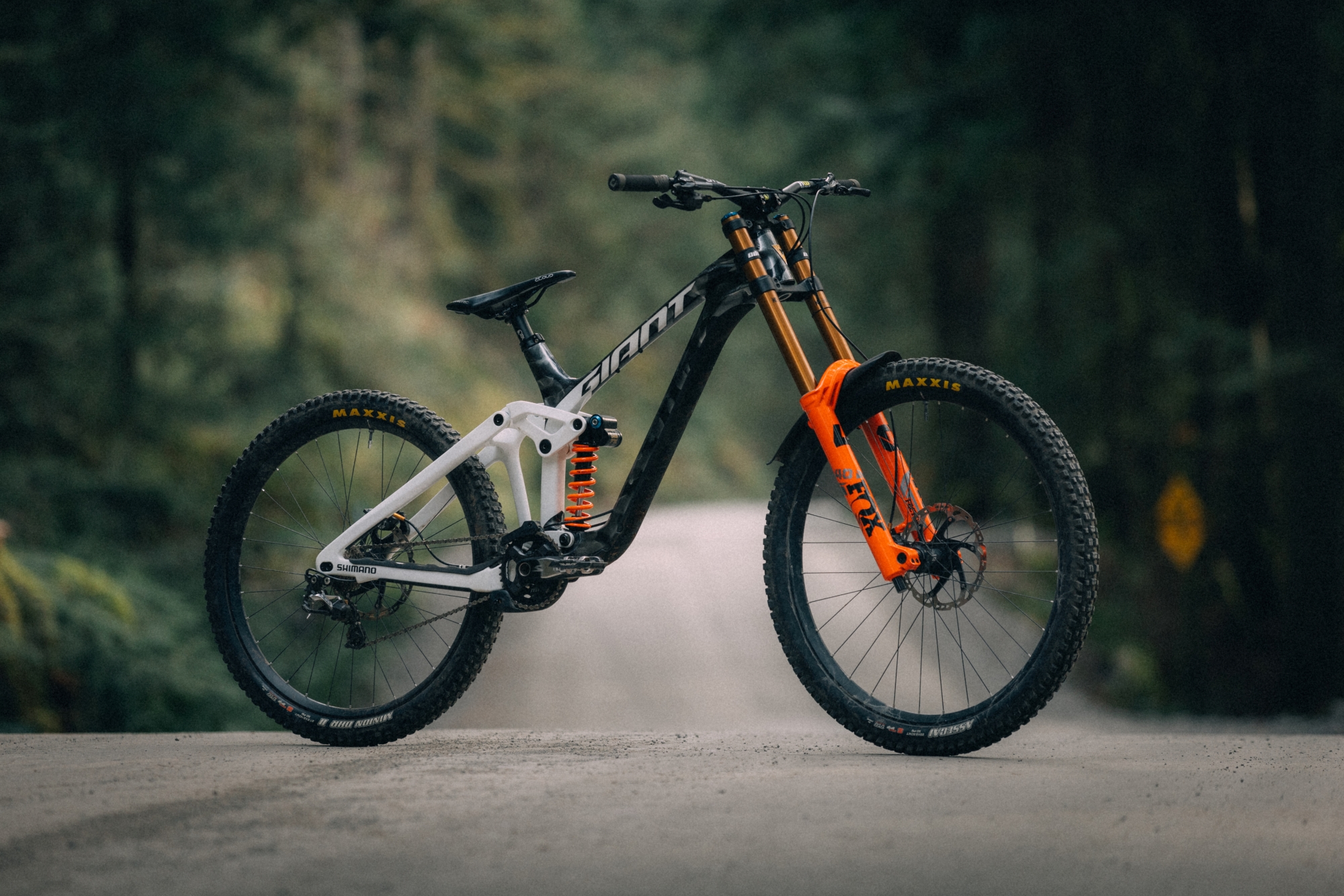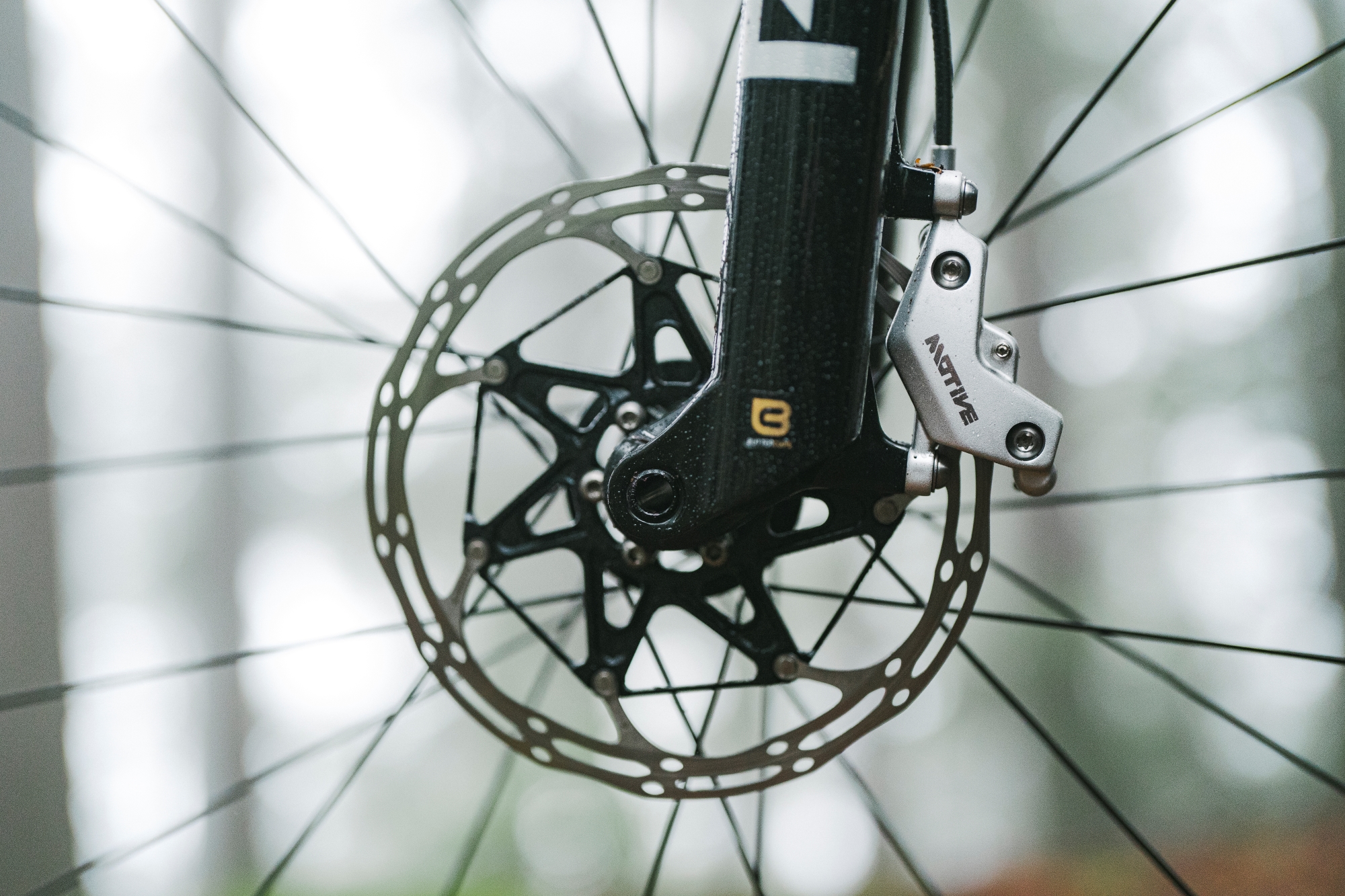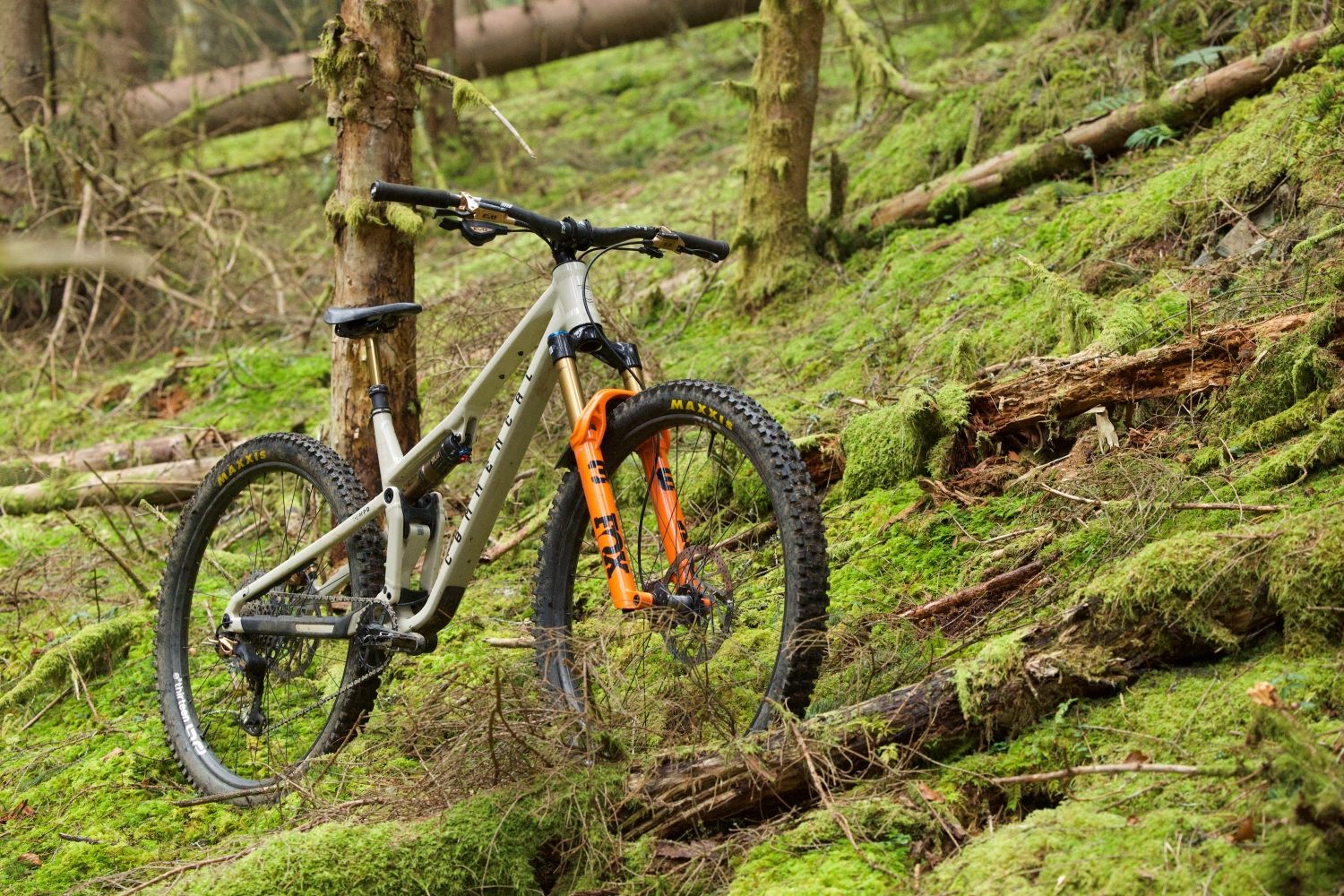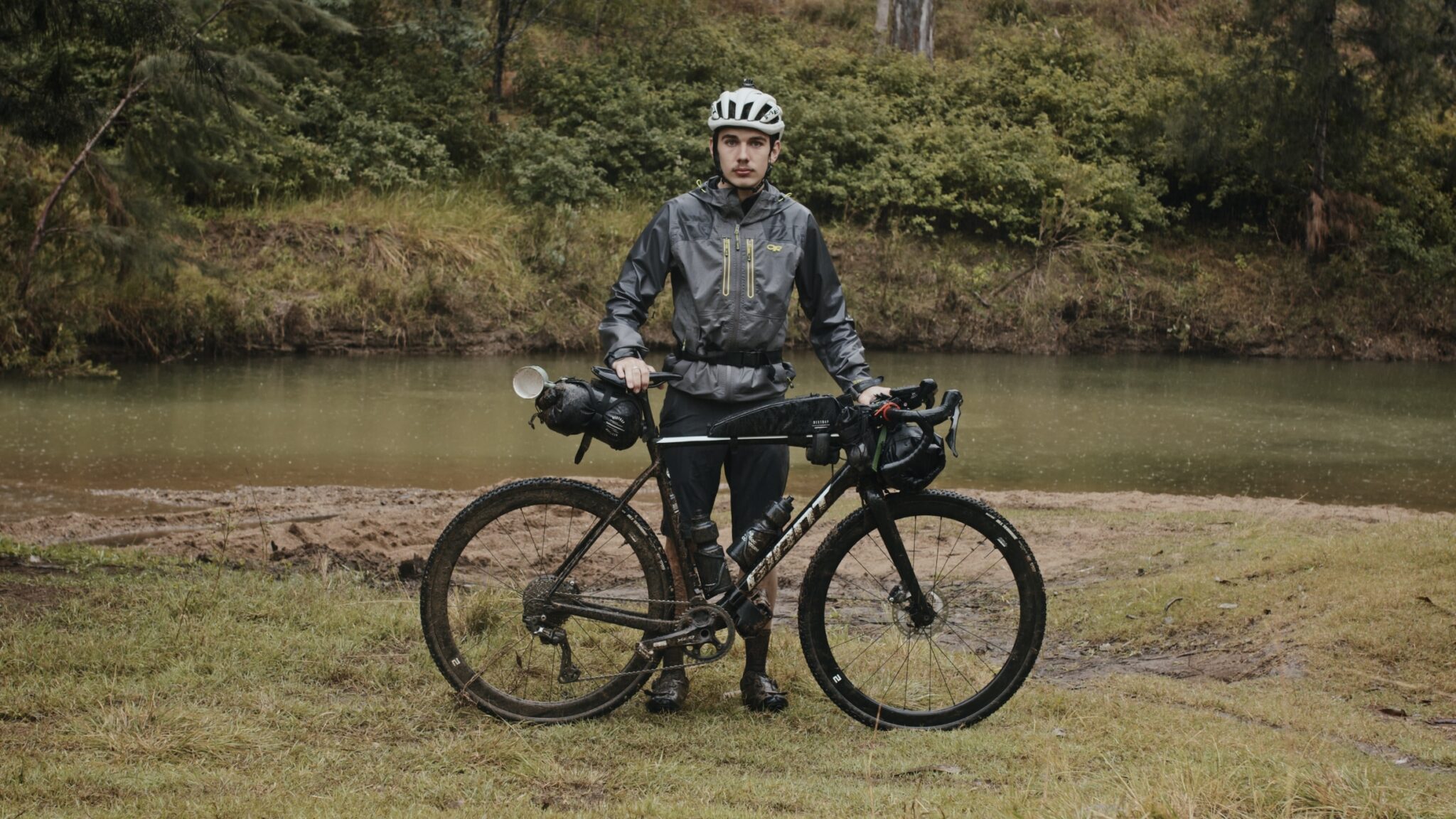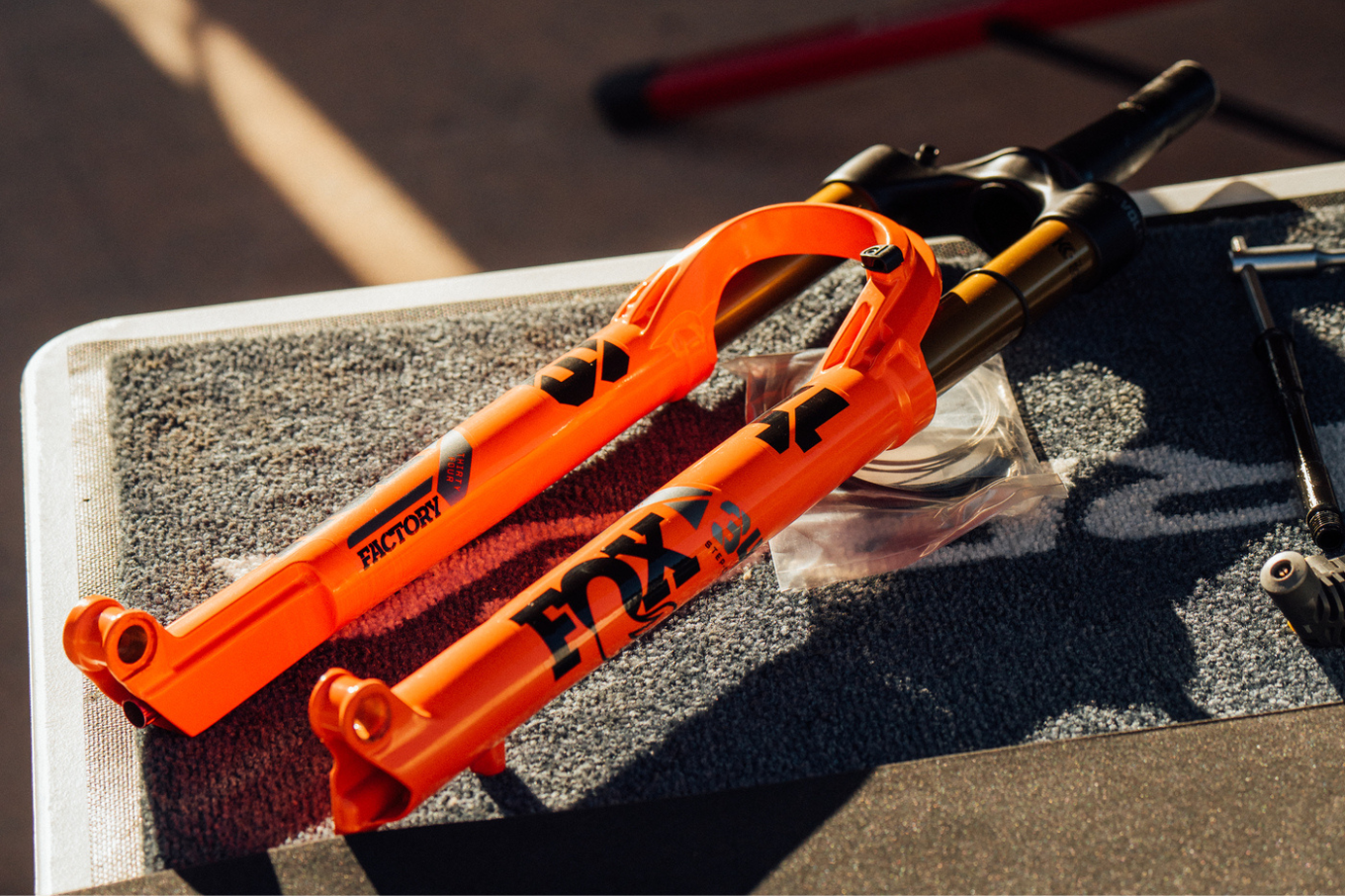Drink up - your 5-step hydration plan.
Spring is here and with it hotter temperatures and more sweaty rides. Zoe Wilson give us the low-down on how to get your hydration right.
As the temperature rises and races abound, having a plan to stay hydrated while on the bike becomes crucial to giving a good performance. While you’re pedalling your little heart out, water plays a big role in keeping you cool – it keeps your heart rate down, circulates blood to your working muscles and provides them with the oxygen and nutrients they need to perform.
Research shows a loss of fluid equal to 2% of body weight is enough to cause a detectable decrease in performance (that’s a 1.4 kg loss in a 70 kg athlete). Just this small amount of dehydration makes you feel like you are working harder than you are, so pushing through to the finish line feels like a tremendous effort. Riding dehydrated also means making snap decisions about tactics or picking your path are more difficult – not ideal if you plan to stay upright! Get more severely dehydrated and you risk nausea, vomiting and diarrhea which doesn’t make for a pleasant race or after-party.
To stay hydrated, get the most out of your training and perform at your best on race day, follow this 5-step plan:
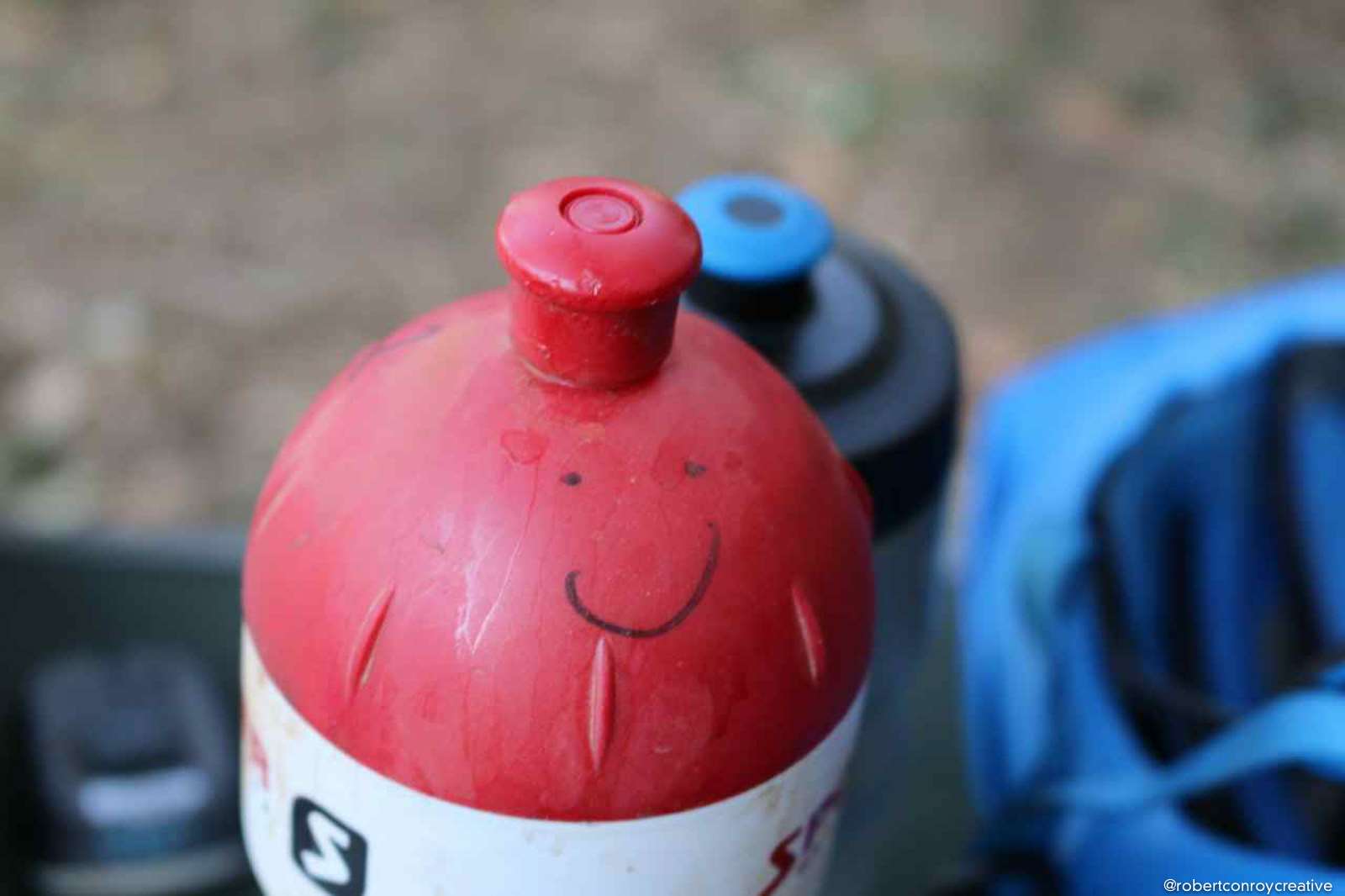
Hydrate throughout the day. We need to drink around 1.5-2L of fluid a day, even before you add in the extra fluid needed when we exercise. This means drinking throughout the day is essential. Always carry a full water bottle with you and make sure you drink with every meal and snack.
Choose water first (most of the timeB). Drinking sports drink, juice, soft drink or cordial throughout the day adds unwanted kilojoules (calories), making it more difficult to stay at racing weight in the long term. For general drinking, water is the best choice. If you are in need of topping up fuel stores just before, during or directly after a long (more than an hour) or particularly hard training session (like a tempo ride) then a sports drink with electrolytes and carbohydrates will be helpful.
Work out your sweat rate. Getting a feel for your fluid losses during exercise is really important. We know that dehydration effects performance, so if you know how much you tend to sweat, you’ll know how much you need to drink throughout your ride. To work out how much you sweat:
- Weigh yourself before and after a session (in minimal clothing and towelled down).
- Measure how much you’ve drunk during the session.
- The amount of weight you’ve lost plus the amount of fluid you’ve drunk is equal to you sweat loss for the session. For example, on an hour-long training ride, if you weighed 70kg before and weighed 69kg afterwards – you lost one kilogram (or one litre of fluid). But, you also drank 500ml of water, so the amount you sweated (sweat rate) is actually 1.5L per hour.
- Note the length and type of session as well as weather conditions as these will all effect how much you sweat and you’ll need to adapt your plan to match.

Hatch a plan. Now you know how much you sweat, you need to work out a game plan to stay hydrated, especially if your training ride or race is longer than 30 minutes. Ideally you should aim to lose one kilogram of fluid or less. To do this:
- Drink 200-600ml of fluid just before you start your session.
- Start drinking early during the session, rather than waiting until you feel thirsty – by then you’re already dehydrated.
- Use your sweat rate to plan how much to drink every hour. The amount you can manage will vary, but 200-300ml every 15-20 minutes during your session is a good guide. Drinking small amounts more often like this will help to minimise any tummy troubles, too.
- Work out what type of fluid you will drink, be it water or sports drink worked in as part of your nutrition plan.
- Gear up – if you don’t have the things you need to put your plan into action, it won’t happen. Stock up on water bottles, bladders, bottle cages and sports drink powders or electrolyte tablets.
- Practice, practice, practice! It takes time to refine what works for you and there is nothing worse than finding out that your plan has a big hole in it if you’re in a race. Test your fluid plan in training so when it comes to race day, you’ll know exactly what you need to do.
Rehydrate quickly after a session. To replenish the fluid you’ve lost throughout a session you need to drink 1.5 times the amount you lost, ideally within 1-2 hours of your session. So, if you’re 1kg lighter, you need to drink 1.5L of fluid to rehydrate. Fast rehydration is key to fast recovery and being able to get up and do it all again tomorrow so jump on this as fast as you can post-ride.
More is not always better.
Drinking much more than you need can lead to tummy troubles during your session and in severe cases, hyponatremia, or low blood sodium. Hyponatremia is potentially life-threatening and usually occurs in endurance races longer than two hours when sweat rates are low and you drink lots of water. Drinking fluids with sodium in them (such as sports drinks) and matching your drinking to your sweat rate will help to minimise the risk of hyponatremia.
Words: Zoe Wilson Photos: Robert Conroy


